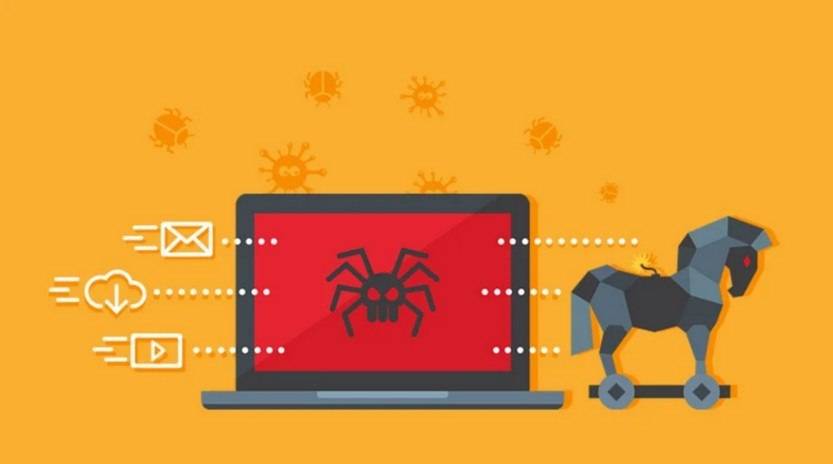Scams have become increasingly prevalent in the digital age, with cybercriminals constantly devising new methods to deceive unsuspecting individuals. One such scam that has gained significant attention is the ‘Your Account Has Been Limited’ PayPal phishing scam. This article aims to provide a comprehensive overview of this scam, including what it is, how it works, what to do if you have fallen victim, technical details, and relevant statistics.

What is the ‘Your Account Has Been Limited’ PayPal Phishing Scam?
The ‘Your Account Has Been Limited’ PayPal phishing scam is a fraudulent scheme that aims to trick PayPal users into divulging their personal and financial information. Phishing scams typically involve cybercriminals posing as legitimate entities, such as PayPal, in an attempt to deceive individuals into providing sensitive data.
In the case of this particular scam, victims receive an email or text message that appears to be from PayPal, informing them that their account has been limited due to suspicious activity. The message often includes official PayPal branding and may seem convincing at first glance. However, it is important to note that these communications are not legitimate and are designed to trick users into taking action.
How Does the Scam Work?
The ‘Your Account Has Been Limited’ PayPal phishing scam typically follows a similar pattern in its execution. Here is a step-by-step breakdown of how the scam works:
- Victim receives an email or text message that appears to be from PayPal, stating that their account has been limited due to suspicious activity.
- The message urges the victim to click on a link or download an attachment to resolve the issue and regain access to their account.
- Upon clicking the link or downloading the attachment, the victim is redirected to a fake PayPal website that closely resembles the legitimate site.
- The victim is prompted to enter their login credentials, personal information, and financial details on the fake website.
- Once the victim submits their information, the cybercriminals behind the scam gain access to their PayPal account and can potentially use the stolen information for fraudulent activities.
It is important to note that cybercriminals employ various tactics to make their phishing attempts appear legitimate. These may include using official PayPal logos, email addresses that mimic PayPal’s official domain, and language that creates a sense of urgency or fear to prompt immediate action.
What to Do If You Have Fallen Victim?
If you have fallen victim to the ‘Your Account Has Been Limited’ PayPal phishing scam, it is crucial to take immediate action to minimize the potential damage. Here are the steps you should follow:
- Change your PayPal password: Access your PayPal account through the official website or app and change your password immediately. This will help prevent further unauthorized access.
- Contact PayPal: Report the incident to PayPal’s customer support team. They can provide guidance on securing your account and may assist in recovering any lost funds.
- Monitor your financial accounts: Regularly monitor your bank and credit card statements for any suspicious activity. If you notice any unauthorized transactions, report them to your financial institution immediately.
- Scan your device for malware: Phishing attempts often involve malicious software. It is recommended to scan your device using reputable antivirus software, such as Malwarebytes Free, to detect and remove any potential threats.
- Be cautious of future communications: Remain vigilant and exercise caution when receiving emails or messages claiming to be from PayPal. Verify the authenticity of such communications by directly contacting PayPal through their official channels.
Technical Details of the Scam
The ‘Your Account Has Been Limited’ PayPal phishing scam utilizes various techniques to deceive users and make the scam appear legitimate. Here are some technical details of the scam:
- Email spoofing: Cybercriminals often spoof email addresses to make their messages appear as if they are coming from PayPal. They may use domain names that closely resemble the official PayPal domain to trick recipients.
- Phishing websites: The scammers create fake websites that closely mimic the design and layout of the official PayPal website. These websites are used to collect victims’ login credentials and personal information.
- Social engineering: The scam relies on social engineering tactics to manipulate victims into taking immediate action. By creating a sense of urgency or fear, cybercriminals increase the likelihood of victims falling for the scam.
Statistics on PayPal Phishing Scams
PayPal phishing scams have become increasingly prevalent in recent years. Here are some statistics that highlight the scale of the issue:
- In 2020, PayPal was the second most impersonated brand in phishing attacks, accounting for 22.32% of all phishing attempts.
- According to the Anti-Phishing Working Group (APWG), there was a 14% increase in phishing attacks targeting payment services in the first quarter of 2021.
- A study conducted by cybersecurity firm Cyren found that PayPal phishing scams accounted for 39% of all phishing attacks in the first half of 2021.
Summary
The ‘Your Account Has Been Limited’ PayPal phishing scam is a deceptive scheme that aims to trick PayPal users into divulging their personal and financial information. By posing as PayPal, cybercriminals attempt to gain unauthorized access to victims’ accounts and potentially engage in fraudulent activities. To protect yourself from falling victim to this scam, it is crucial to remain vigilant, verify the authenticity of communications, and take immediate action if you suspect you have been targeted. By following the recommended steps and staying informed about the latest phishing techniques, you can safeguard your personal information and financial security.










